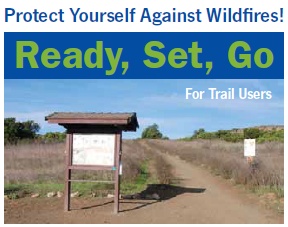Upper Brown Mountain before the 2009 Station Fire was a wide fire road in generally in good shape. The rains of two winters and eighteen months without public use because of the forest closure have allowed nature to re-claim much of the old fire road. Many large drainages were completely washed out, the hillsides had slid into the road bed, trees were down, and brush was growing back with a vengeance.
Though still officially closed, the Forest Service closure signs have been gone for some time. People have been venturing up there to explore the now dead-end fire road. The fire road has narrowed to a singletrack for most of its length, narrowed by a combination of slough from above, severe erosion from below, and vegetation. Several of the newly narrowed sections were within inches of the edge of the old fire road, a potential hazard when two people are passing each other, or if riding the area at night as the edges were hidden behind grass. There was at least one large tree down, and several killer “snags” dead trees that were partially fallen, leaning against or resting on top of other trees along the trail. These can give at any time, and are a major safety concern on all trails in the burn area. Now two and a half years after the fire, many of these burned trees are rotting and weakening, and the likelihood of them falling increases with time.
Saturday’s trailwork was led by Banner Moffat of the Friends of El Prieto, and all the SoCal High School League teams and their coaches were invited to participate. Though there were only 35 RSVP’s, 52 people came to the event, a few ready to hike in, but the vast majority ready to ride up to the work site. A few stronger students and a couple of coaches towed BOB trailers full of tools.
- Split into crews led by Mitch Marich and Matt Lay of the Mount Wilson Bicycling Association, Steve Messer of CORBA, St. Francis coaches Lee Bird and Joel Sercel and others, the crews spread out along the length of the trail from the Ken Burton trailhead, all the way down to saddle. Downed trees were removed, killer snags taken down, and some drainages were rock-armored and reinforced. The student athletes got a lot done covering most of the sections from the Ken Burton down to the saddle.
The forest service is considering opening Upper Brown Mountain in its next revision of the forest closure order. Without some attention to safety and a demonstration that the community is willing to maintain it as singletrack, it might be a candidate for reopening until graded back to a fire road.
There were in total at least 54 people who volunteered their time. Of those ten were women and 41 were high school students. Teams represented included Crescenta Valley, St. Francis, San Gabriel Composite, Burroughs Burbank, and independent riders from South Pasadena and other areas.
CORBA is proud to support the SoCal High school league, and we applaud their efforts to create a high school program that includes such a balanced mix of teamwork, sportsmanship, competition and stewardship of our trails.


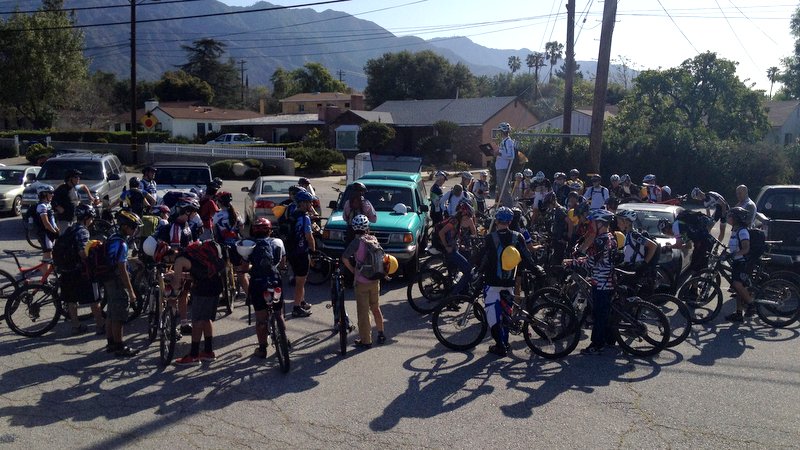
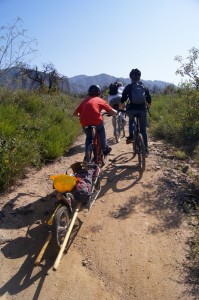
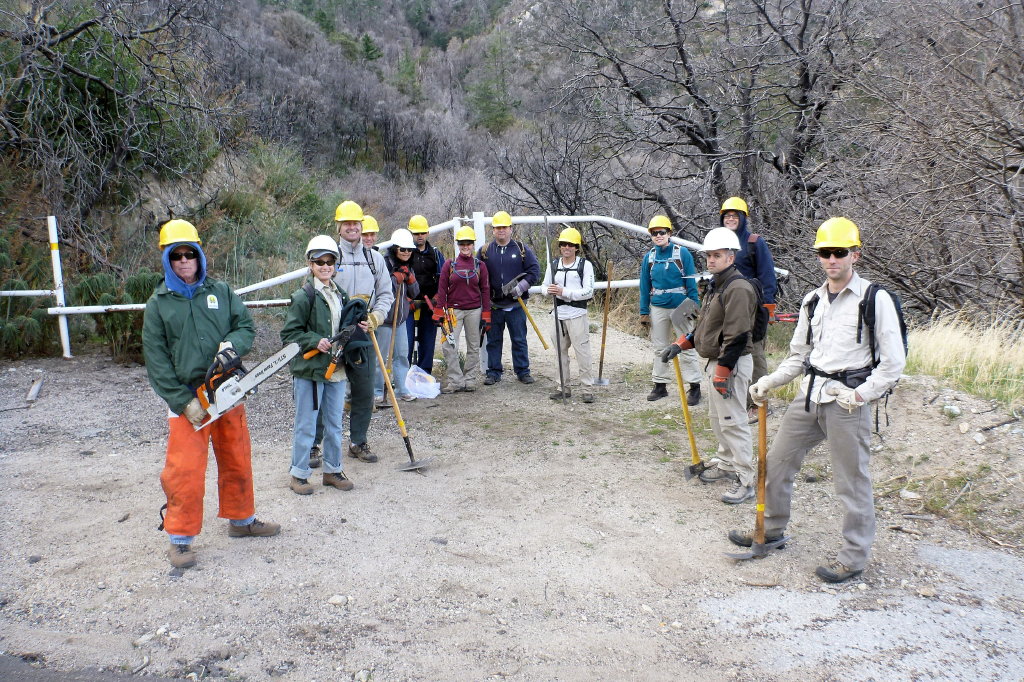

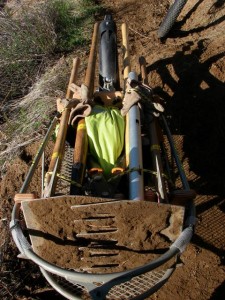
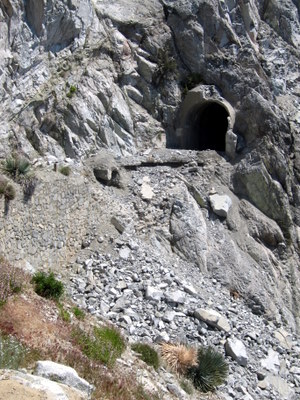
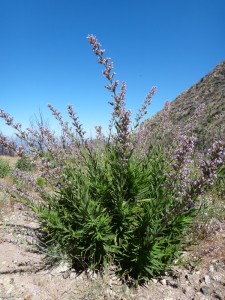
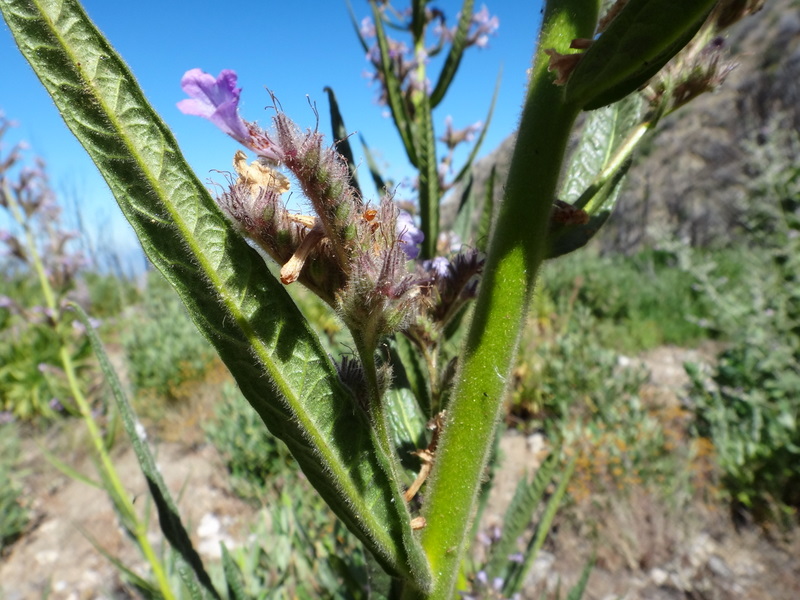
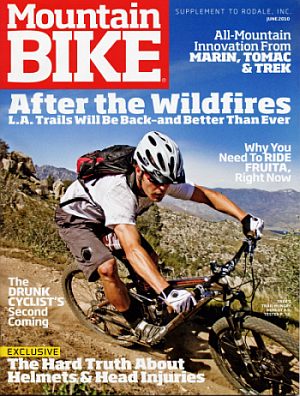 ing blow to outdoor recreation throughout Southern California. CORBA’s Steve Messer was recently interviewed by Mountain Bike Magazine about the extensive damage and impact to the trails, and pondered on how the recovery efforts might proceed.
ing blow to outdoor recreation throughout Southern California. CORBA’s Steve Messer was recently interviewed by Mountain Bike Magazine about the extensive damage and impact to the trails, and pondered on how the recovery efforts might proceed.